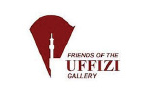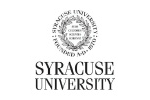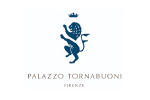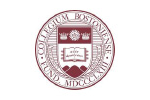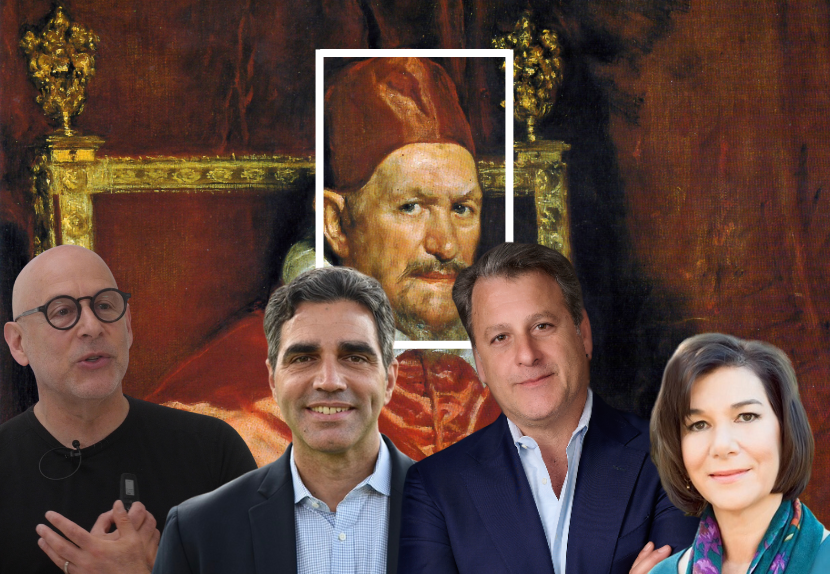

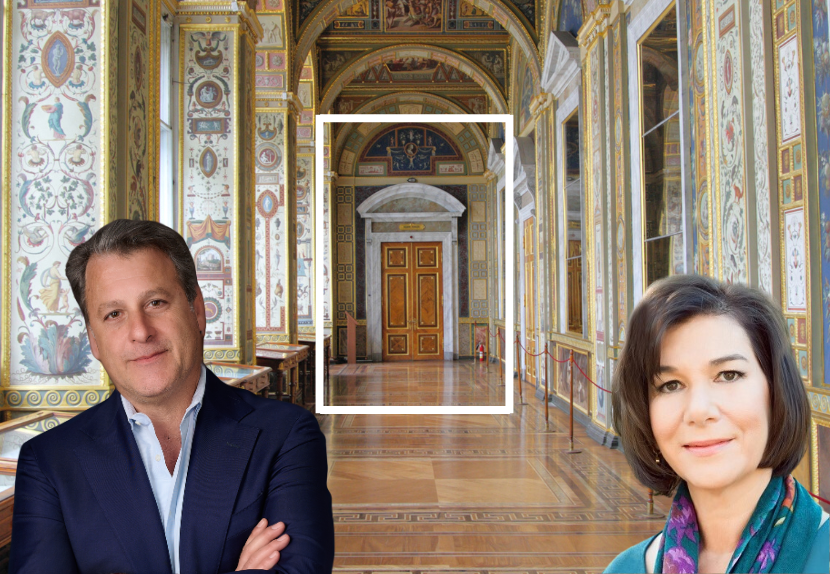
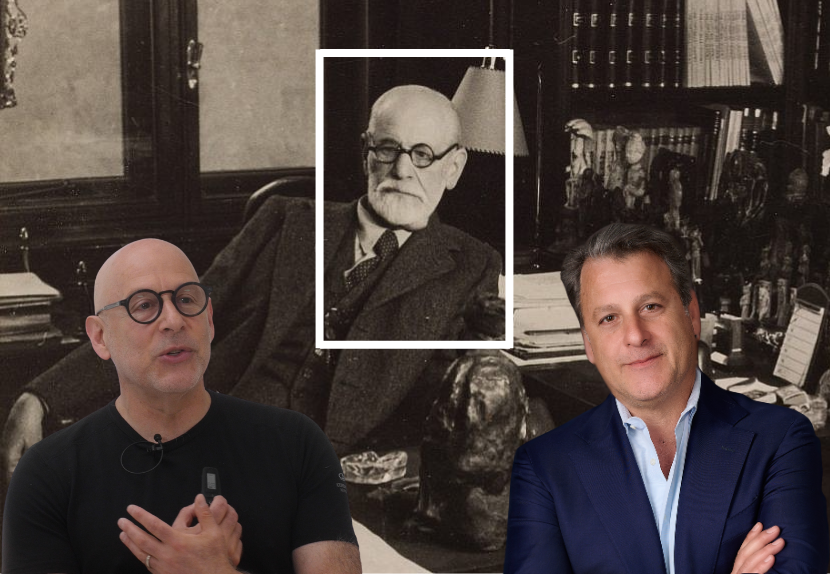

EXCLUSIVE WEBINAR BUNDLE
“Exclusive Webinars in September”
Presented by Dr. Rocky Ruggiero and special guests Dr. Joe Luzzi, Susan Jaques, and Dr. Jeremy Wasser
Dates & Times:
Thursday, September 5, 12, 19 & 26
2:00 – 3:00pm ET | 11:00am – 12:00pm PT |
7:00 – 8:00pm London
EXCLUSIVE WEBINARS | "Exclusive Webinars in September"
Each webinar will include a 45-minute lecture followed by 15-minutes of Q&A.
Please note:
EXCLUSIVE WEBINAR | "The Grand Tour: Europeans Abroad in Italy"
Presented by Dr. Joe Luzzi
For centuries, especially during the Enlightenment and the Romantic Age, European travelers from England, France, and many other nations would travel to Italy for extensive periods to explore the riches of Italian art and culture. In this seminar, Joseph Luzzi, the Asher B. Edelman Professor of Literature at Bard College, will explore this phenomenon of the “Grand Tour,” with an eye to explaining how and why so many foreigners looked to Italy as what the German author Goethe called “the world’s university.” We will pay particular attention to those works of Renaissance and ancient art and architecture that exerted such a strong pull on the foreign imagination.

EXCLUSIVE WEBINAR | "'A Vow to St. Raphael': Catherine the Great and the Raphael Loggia"
Presented by Susan Jaques
In September 1778, Russia’s art-loving tsarina Catherine the Great whisked a letter off to her Rome art dealer.: “I will make a vow to St. Raphael that I will have loggias built whatever the cost and will place the copies in them…I will have neither peace nor repose until this project is underway.” By November, the scaffolding was up at the Vatican. A decade later, an exact replica of the Raphael Loggia was unveiled at the Winter Palace in St. Petersburg.
Completed in 1519 for the Vatican, the celebrated Raphael Loggia featured a vaulted ceiling with 52 biblical episodes – 48 from the Old Testament and four from the New Testament. Each of its thirteen bays contained four frescoes, starting with the Creation and ending with the Last Supper. An instant hit, the Loggia came to be known as Raphael’s Bible. Raphael drew inspiration from a variety of sources including the Farnese Cup, antique sculpture, and early Christian mosaics. Vasari described the Loggia’s grotesques, from the newly discovered grotta of Nero’s Golden House, as the “most lovely and capricious inventions…”
Catherine the Great’s passion for Raphael didn’t end with the Loggia. She acquired two of his paintings -- St. George and the Dragon (secretly sold by Stalin to Andrew Mellon for the National Gallery of Art, DC) and The Madonna with Beardless St. Joseph (Hermitage Museum, St. Petersburg). Join Susan Jaques, author of "The Empress of Art: Catherine the Great and the Transformation of Russia", for an in-depth look at Raphael’s masterpiece and its replica.

EXCLUSIVE WEBINAR | "Leonardo, Michelangelo and Sigmund: Freud’s Psychoanalysis of the Great Masters"
Presented by Dr. Jeremy Wasser
This story begins with two of the great masters of the Renaissance: Leonardo da Vinci and Michelangelo Buonarroti.
On a page in his sketchbook now known as the "Codex Atlanticus", Leonardo da Vinci noted down a highly unusual experience. He claimed to remember from when he was a two- to three-year old child a bird landing on his cradle and sticking its tail feathers into his mouth.
In 1505, Pope Julius II commissioned Michelangelo to design and build his planned tomb. The pope died in 1513, long before the work was completed and Michelangelo had, by then, made significant changes to the original massive design. Far fewer than the forty planned statues, were ultimately made but the most famous of these, that of Moses, sits in the church of San Pietro in Vincoli in Rome. Famously, Michelangelo depicted the lawgiver with what appear to be two horns on his head.
About 400 years later, the Viennese neurologist and psychiatrist, Sigmund Freud, applied the principles and techniques of the science and therapeutic technique he invented, psychoanalysis, to da Vinci’s childhood memory and the masterpiece of Michelangelo. In this webinar, I will discuss and analyze the impressively large clinical and historical literature on Freud’s writings on these two subjects. Freud was quite willing to apply psychoanalytic techniques to patients he himself had never had on the famous couch and his work with da Vinci and Michelangelo, while famously wrong in some respects, remains fascinating reading and provides us with unique insights into these two men and, more significantly, into the mind of the father of psychoanalysis himself.

EXCLUSIVE WEBINAR | "'Not by the Hair on my Chinny Chin Chin': Renaissance Popes and their Beards"
Presented by Dr. Rocky Ruggiero
In 1507, Pope Julius II began growing a beard as a sign of mourning when French troops occupied the papal city of Bologna. Later, Pope Clement VII grew a beard to mourn the sack of Rome in 1527. His successor, Pope Paul III, just thought it looked good. And for the next two centuries, every pope without exception was bearded. Join Dr. Rocky as he explores the papal tradition of beards in the Renaissance, which were not only influenced by ancient Roman traditions, but also outward signs of their contemporary socio-political circumstances.









